Tools and Apps for Journalists: StoryMaker
What is StoryMaker?
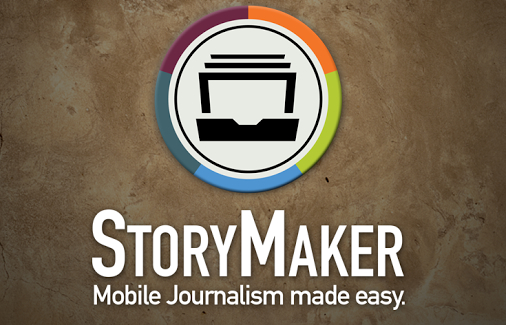 Do you have an Android smartphone? Then you’re set to produce multimedia stories. StoryMaker is an open source Android app designed to help you learn how to gather, produce and publish multimedia stories.
Do you have an Android smartphone? Then you’re set to produce multimedia stories. StoryMaker is an open source Android app designed to help you learn how to gather, produce and publish multimedia stories.
You can use the app to shoot and edit photo and video; record audio; produce an audio slideshow, and, write text. You can then combine these multimedia elements into a finished story and publish it on your social media networks and on the StoryMaker platform. But as well as being a story production and publishing tool, StoryMaker is a training app offering lessons on journalism, audio, photography, videography and security.
![]() read more
read more
Giannina Segnini: “Journalism needs to go global”
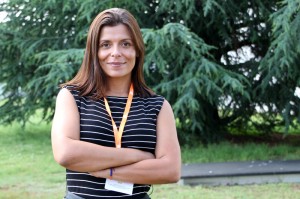 Stories based on the offshore leaks investigations into tax havens have shaken political and financial institutions around the world since they first started appearing in April. Now the leaked data has been released as an online database available to everyone.
Stories based on the offshore leaks investigations into tax havens have shaken political and financial institutions around the world since they first started appearing in April. Now the leaked data has been released as an online database available to everyone.
Thanks to an interactive web app developed by the investigative unit at the Costa Rican newspaper, La Nacion, users can search and visualize information on more than 100,000 secretive companies, trusts and funds in offshore financial centers.
The database, launched in June 2013 by the International Consortium of Investigative Journalists (ICIJ) is part of a cache of 2.5 million leaked files. The data has already been analyzed by around 100 journalists working at 58 media organizations in what has been called the largest journalism collaboration in history.
DW Akademie caught up with Giannina Segnini, who heads La Nacion’s investigative unit, on the sidelines of the Global Media Forum where Segnini was taking part in a panel discussion about data-driven journalism.
In her interview with Steffen Leidel, Segnini talks about the Offshore Leaks Database and the increasing need for reporters to collaborate, not just with each other, but also with computer programming experts. (You can read her article about building the database here.)
![]() read more
read more
Tools and Apps for Journalists: Findery
What is Findery?
 Think of maps and digital Post-It notes. Findery lets you pinpoint places on a map where you can leave simple multimedia notes for other people to discover and share. Notes are mainly text, but can also include audio, video or a photograph from Youtube, Vimeo, Flickr, Instagram and Soundcloud. Findery is also social. You can follow and like other users or the locations where they have left notes and have a conversation about a place.
Think of maps and digital Post-It notes. Findery lets you pinpoint places on a map where you can leave simple multimedia notes for other people to discover and share. Notes are mainly text, but can also include audio, video or a photograph from Youtube, Vimeo, Flickr, Instagram and Soundcloud. Findery is also social. You can follow and like other users or the locations where they have left notes and have a conversation about a place.
![]() read more
read more
Journalists@work : Alimou Sow, Guinée
” Ma Guinée plurielle “ : C’est le nom du blog d’Alimou Sow. Il vient de gagner le prix du public du meilleur bloggeur francophone des Bobs . Son blog s’adresse à un large publique : Dans sa ” Lettre à mon frigo “, les réflexions du jeune bloggeur guinéen décrivent avec une certaine intelligence la vie des habitants de Conakry, la capitale de Guinée . Mais Alimou aime aussi aborder dans son blog, des thèmes qui touchent directement le quotidien des jeunes de son pays. Des jeunes qui parfois recourent aux esprits malins comme les joueurs de cauris traditionnelles, susceptibles de les sortir de la précarité . Toutes ces histoires sont racontées avec un humour particulier, qu’Alimou mélange aux couleurs chaudes et variées de sa Guinée natale.
![]() read more
read more
Journalists@Work: Taufique Ahmed
Taufique Ahmed has been working at Channel i, Bangladesh’s leading private satellite TV channel, since 2003. Currently, Taufique is Manager of Program Development in the News & Current Affairs department at Channel i, which was launched in 1999. His tasks include responding to viewers’ questions, comments and/or complaints regarding news programming and scheduling. He also monitors and supervises social media in the Development Journalism department – and blogs regularly in Bengali and English.
![]() read more
read more
Writing good introductions for TV reports
 Whether you’re working in daily television news or in business, sports, features or entertainment programming, one of the biggest challenges is to write introductions for reports that are simple, clear and conversational.
Whether you’re working in daily television news or in business, sports, features or entertainment programming, one of the biggest challenges is to write introductions for reports that are simple, clear and conversational.
Capturing and keeping the interest of your audience in the items you are presenting is essential – it’s too easy for viewers to click on to another channel.
 Ben Fajzullin is a highly experienced broadcast journalist and one of Deutsche Welle’s most versatile TV presenters. Ben is one of the station’s main news anchors, presents and produces business news and hosts Made in Germany. Ben also presented and reported for the sports desk and DW Radio. In his native Australia, Ben hosted the national evening news on the public TV broadcaster SBS.
Ben Fajzullin is a highly experienced broadcast journalist and one of Deutsche Welle’s most versatile TV presenters. Ben is one of the station’s main news anchors, presents and produces business news and hosts Made in Germany. Ben also presented and reported for the sports desk and DW Radio. In his native Australia, Ben hosted the national evening news on the public TV broadcaster SBS.
For this post, we asked Ben to offer his tips for writing introductions for news and feature reports.
Along with Ben’s top ten writing tips, you can read example introductions and watch the corresponding video clips to get a sense of his style of delivery; writing to pictures; and most importantly, hear how his words sound on air.
![]() read more
read more
Voting open for African human rights photography award
Africa it’s time to cast your vote.
Our colleagues at the German Development Media Awards were delighted that 119 professional photographers from 22 countries submitted entries to the People’s Choice Award documenting human rights in Africa.
The finalists have been selected. Together the photographs in the competition give an insightful look at a range of human rights issues on the continent from freedom of speech to child labour and gender equality.
Voting is simple – just log on to the finalists gallery and vote.
You may cast a single vote for as many photographs as you like.
The winner of the photography award will receive 2,000 euros in prize money and will also be invited to attend the awards ceremony in Berlin on August 14, 2013.
Global Media Forum explores economic values and media
The 2013 Deutsche Welle Global Media Forum is underway in Bonn this week.
The theme of this year’s forum is The Future of Growth – Economic Values and the Media
“Experts from the fields of politics, business, finance, culture, academia, civil society and the media will jointly explore fundamental concerns, such as: What opportunities are presented by new economic values? Is growth imperative to increasing prosperity? How can the media help to raise awareness of sustainable consumption and responsible use of resources? How can fair competition be assured at local, regional, national and international levels? Can interaction between stakeholders be improved? What potential do digital media have to inspire interactive participation in the economic dialogue, especially among younger generations?”
![]() read more
read more
Dan Sinker: ‘Journalism’s future is on the open web’
New media is pushing the boundaries of journalism by introducing new technologies. But the question is how newsrooms and journalists can innovate without having to dive into the programming world themselves. This is where the Knight-Mozilla Fellows come in.
The Knight Foundation has long supported quality journalism and journalistic innovation. In 2012, they teamed up with the Mozilla Foundation, which actively promotes an open internet and open source software. The two created the OpenNews partnership with the idea of bringing journalism and technology together.
In 2013, Knight-Mozilla Fellows are hacking newsrooms at the prestigious media organizations such as the New York Times, the BBC, the Guardian, Zeit Online, Spiegel Online, the Boston Globe, ProPublica and La Nacion.
DW Akademie’s Steffen Leidel met with the head of the Knight-Mozilla OpenNews project, Dan Sinker. They talked about why hackers are interested in working with journalists in the first place, how journalists can tap into the world-wide community of hackers and a revolutionary new piece of software for data scraping.
![]() read more
read more
Getting started with video for the web: Part 3
Producing online video offers a lot of possibilities for creative visual storytelling – even for news items. But if you’re just starting out, honing your basic camera and editing skills and being able to produce simple formats competently will help you to take the next steps.
So far in our Getting started with video for the web series we’ve introduced you to some standard video equipment and accessories as well as discussed how to produce simple video clips and interviews.
In our final post we’ll take a look at producing short reporter dispatches and get you started with shooting simple video sequences.
![]() read more
read more




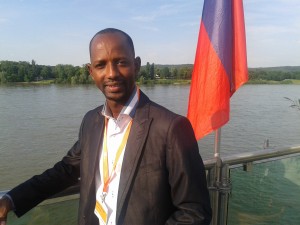

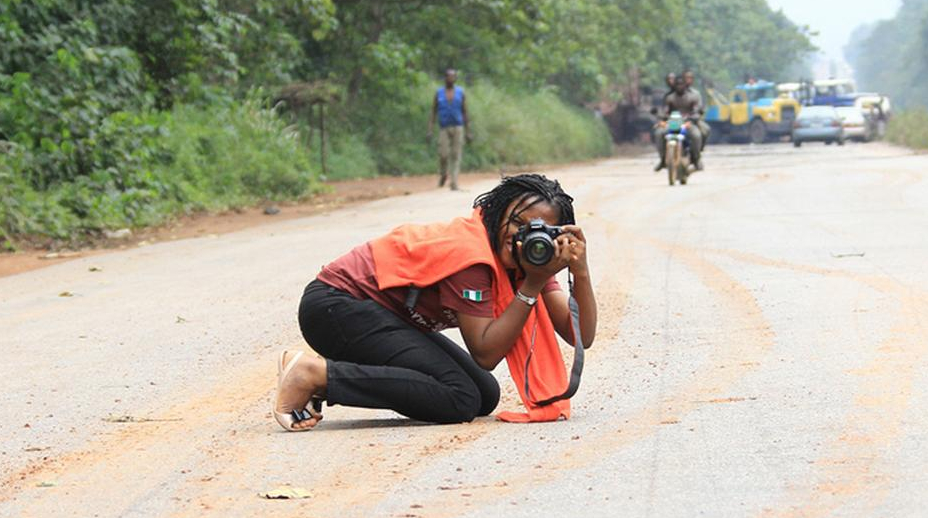

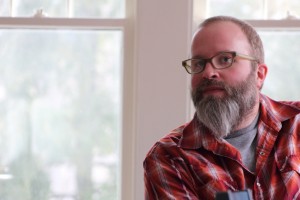
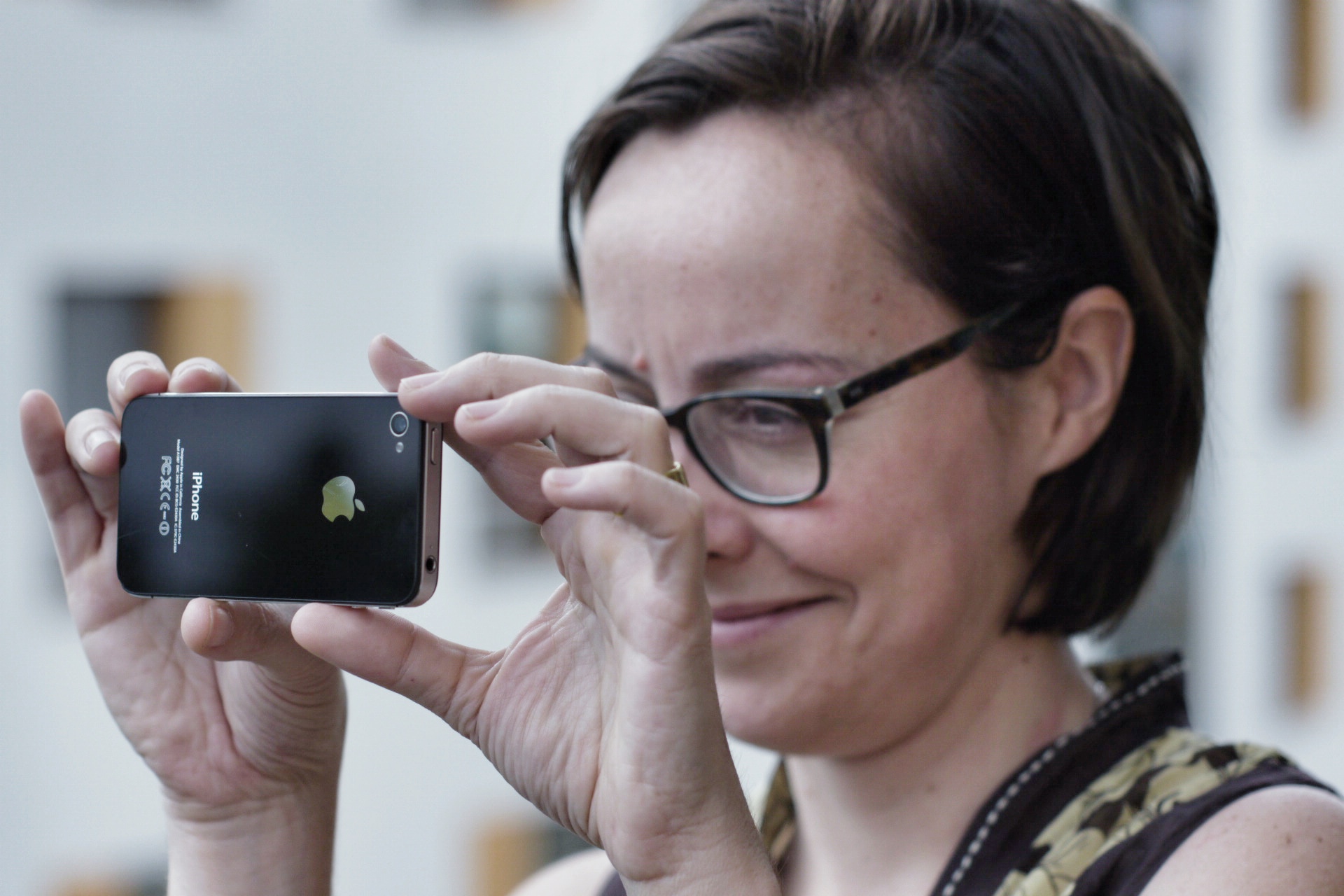




Feedback